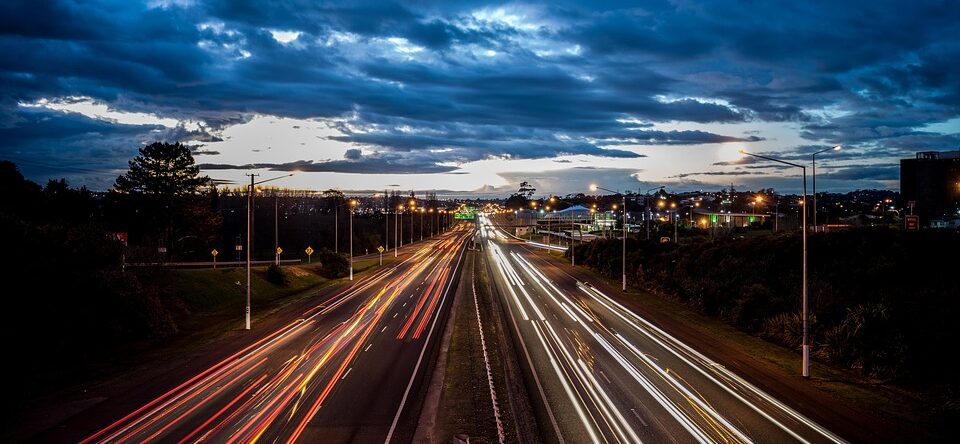The Crown Commercial Service (CCS) is preparing to launch a brand-new version of its popular transport procurement route: the Transport Technology framework. This is set to be a key opportunity for suppliers of smart, sustainable, and innovative transport solutions looking to work with the UK public sector.
Whether you’re already listed on the current framework or thinking about bidding for the first time, here’s what you need to know…
What is the Transport Technology framework?
The Transport Technology framework will replace the current Transport Technology and Associated Services (TTAS) agreement, which has been in place since 2019. As the name suggests, this framework helps public sector organisations buy a wide range of transport-related technologies and services—such as intelligent traffic systems, electric vehicle infrastructure, and data platforms to improve mobility and safety.
The new version aims to reflect evolving transport priorities, especially around net zero targets, smart cities, and connected technologies. If your company offers forward-thinking transport solutions, this is a great route into working with local councils, highways authorities, and even emergency services.
When does the Transport Technology framework open for applications?
The new framework is expected to open for supplier applications on 22nd April 2025.
While CCS hasn’t yet published the full tender, now is the perfect time to prepare. Frameworks like this often require detailed case studies, references, and clear service descriptions, so it’s worth getting your documentation ready in advance.
What is the Lot structure for the Transport Technology framework?
The Transport Technology framework is expected to be split into 8 Lots, some of which are further divided into sub-lots. Here’s a quick breakdown to help suppliers understand where they might fit:
Lot 1: Transport Consultancy and Professional Services
Support with the planning, design, and management of transport projects. This includes:
-
Feasibility studies and project scoping
-
Training and behavioural change programmes
-
Mobility as a Service (MaaS) strategy
-
Transport infrastructure design
-
Testing and assurance for enforcement devices like speed cameras and breathalysers
Lot 2: Data Services
Transport-focused data solutions, such as:
-
Traffic and vehicle movement analysis
-
Public transport scheduling
-
Passenger counting
-
Infrastructure usage insights
Lot 3: Parking Solutions
Everything to manage parking, including:
-
Enforcement services
-
Back-office systems
-
Operational management
-
Hardware like pay meters, signage, and barriers
Lot 4: Environmental Monitoring
Tech to track and manage environmental factors, including:
-
Air, water, noise, and light monitoring
-
Animal and ecological tracking
-
Environmental data and software services
Lot 5: Enforcement and Emergency Tech
Tools and services to improve transport safety and compliance:
-
Road traffic enforcement devices
-
Security and anti-social behaviour prevention systems
-
Emergency response technologies
Lot 6: Electric Vehicle Charging Infrastructure
Everything needed for EV rollout:
-
Charge points
-
Energy generation and storage
-
Supporting infrastructure like signage, barriers, and accessibility features
Lot 7: System Integration and Smart Transport Services
Divided into three sub-lots:
-
7a: System Integration – Bringing together software, hardware, and systems into one platform
-
7b: Smart Ticketing – Integrated ticketing and payment services
-
7c: Network Management – Tools for managing and maintaining transport networks
Lot 8: Hardware and Technology for Transport Systems
Split into five sub-lots:
-
8a: Network Devices – Wired, wireless, and mobile communication equipment
-
8b: Cabinets & Ancillaries – Equipment housing, street furniture, fencing, and storage
-
8c: Lighting & Electrical – Street lighting design, equipment, and installation
-
8d: Traffic Management – Systems for controlling and directing traffic, including during events or roadworks
-
8e: Detectors & Communication Tech – Cameras, signs, sensors, and emergency comms systems
What should suppliers do now?
If you’re a supplier of transport technology, now is the time to prepare for the upcoming April 2025 launch. Here are a few tips to get started:
-
Review your past project experience and select case studies that demonstrate innovation, social value, and public sector impact.
-
Make sure your accreditations and insurances are up to date—especially if bidding for public sector contracts is new to you.
-
Stay informed by registering for CCS alerts or working with a procurement partner who can support you through the bid.
Being listed on a CCS framework can open the door to long-term partnerships and valuable public sector contracts—so it’s worth getting your bid right.
If you’d like help preparing for the Transport Technology framework or want to stay updated when the tender is released, feel free to get in touch with our team. We’re always happy to chat!



